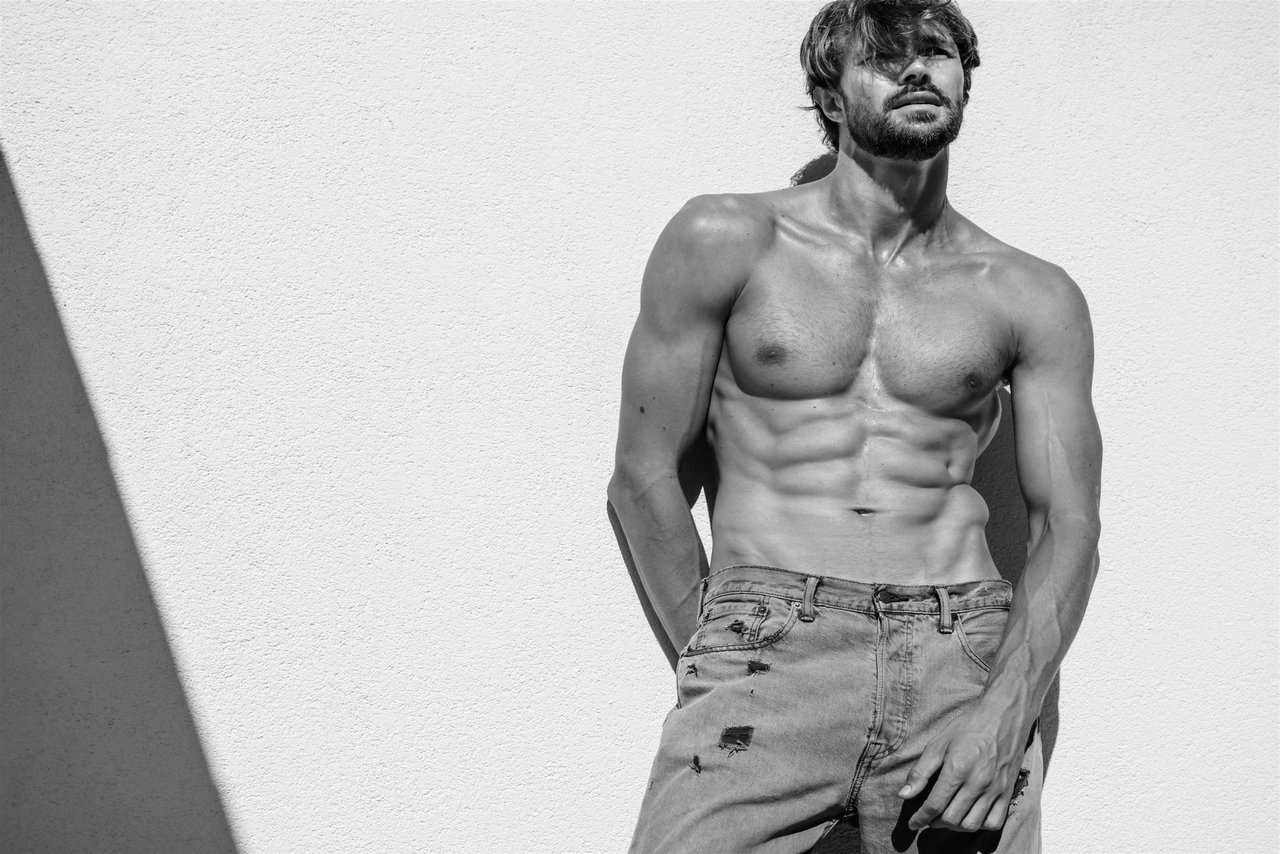Bear Gay Meaning – Understanding the Roots and What It Represents
The term "bear" in gay culture carries a weight of meaning most people miss. To put it simply, a bear is usually a gay or bisexual man with a bigger build, often proudly displaying body hair and an aura of classic masculinity. This isn’t just about physical traits; it's a statement against narrow body ideals in the wider LGBTQ community. Bears stand out with broad shoulders, a warm presence, and the confidence to be seen just as they are, challenging the pressure to be thin or hairless.
Bear gay meaning originated in the 1980s, when a group of men embraced the bear label as a way to describe themselves outside mainstream gay aesthetics. Instead of being pushed to the margins for being “too much,” these men created a space where size and hairiness were badges of honor. The bear gay subculture helped carve out new ideas of what’s attractive and masculine, directly within the LGBTQ community.
Understanding this meaning matters because it invites more people in. It’s about celebrating difference—pushing back at the idea of a “right way” to be gay. If you get the bear meaning, you get that love thrives in every shape, size, and sound.
Physical traits of bears
Bears are recognized by their robust physique, visible body hair, and an unpolished masculinity that says they're comfortable in their own skin.
Personality traits
Many bears are open, welcoming, and solid—exuding kindness, acceptance, and genuine warmth that draw people in naturally.
History of Gay Bears – From Subculture to Symbol of Pride
Turning back the clock to early 1980s San Francisco, the term “bear” began as a way for men who felt overlooked by gay beauty standards to self-identify. Before mainstream attention, these men already valued strength, body hair, and what many now see as a classic kind of masculine energy. The bear subculture offered them home—away from the relentless focus on youth and slenderness.
With the birth of zines and grassroots “bear” events, the gay bear community took off. By the 1990s, bear bars and retreats popped up, offering tangible proof that big, hairy, masculine men were more than a passing trend. Bears gained recognition throughout the LGBTQ world, with inclusivity at its core. The bear flag was created in 1995, cementing visual identity and pride (more on this in a later section).
What started as a quiet rebellion grew until even pop culture noticed. TV shows and films began showing bears just as they are: vulnerable, masculine, human. The progress was real and ongoing. Knowing this background is vital—it makes clear that every inch of acceptance today was hard-won, and that belonging was never a given. The bear community’s history is a reminder that the fight for recognition isn't just about sexual preference; it’s about taking space, feeling seen, and rewriting the rules of gay identity for everyone who’s ever doubted they’d belong.
Bear Gay Culture – Acceptance, Belonging, and the Power of Community
Bear gay culture rests on radical acceptance. Here, men are celebrated for bodies and traits dismissed elsewhere. It’s a patchwork of parties, traditions, and spaces—bear bars, clubs, online forums—where no one apologizes for living out loud. At any bear night, expect hugs, laughter, and camaraderie that isn’t for show. The culture flourishes because of diversity: every size, race, and style walks through those doors. People connect—sometimes over drinks, sometimes over hardships they’ve faced alone until now.
Identity here isn’t static. Belonging to bear culture can mean coming out again, this time as your whole self—body hair, belly, quirks, and all. More than labels or categories, it’s about the ease of being accepted with no edits required. The bear gay community stands out within LGBTQ spaces for its mix of confidence, protection, and celebration, inviting anyone who resonates with its spirit of diversity and inclusion.
Types of Gay Bears – Exploring Diversity Within the Bear Community
There’s no one way to be a bear. The bear world has its own cast of characters—each celebrated for their look and vibe. Understanding the main types of gay bears can help you recognize faces at any bear event or club and spot your people, even without words. Here are the standout types:
- Polar Bear: Typically an older gay man with white or silver hair. Proud, wise, often with a larger build, the polar bear is celebrated for age and experience.
- Panda Bear: An Asian bear, usually heavier set and sporting a friendly charm. Panda bears blend gentleness with a distinct cultural flair.
- Bear Cub: Usually younger and smaller than traditional bears, often on their way to “growing into” full bear status, but already share the signature body hair and personality.
- Lesbear: A term occasionally used for women, often masculine-presenting lesbians, who identify with bear culture. Lesbears prove that bear community isn’t only for men.
- Otter: Leaner and less hairy than classic bears, otters are still masculine, easygoing, and welcome throughout the bear community.
Each identity is valued for reinforcing what matters most: self-acceptance. No matter which category or label fits, the bear world thrives because it honors all flavors of masculinity, personality, and body type. There’s a place for everyone, and every type makes the culture stronger and more vibrant.


